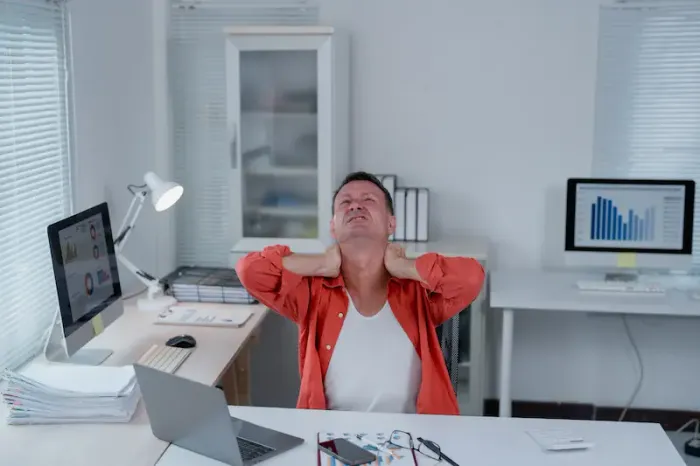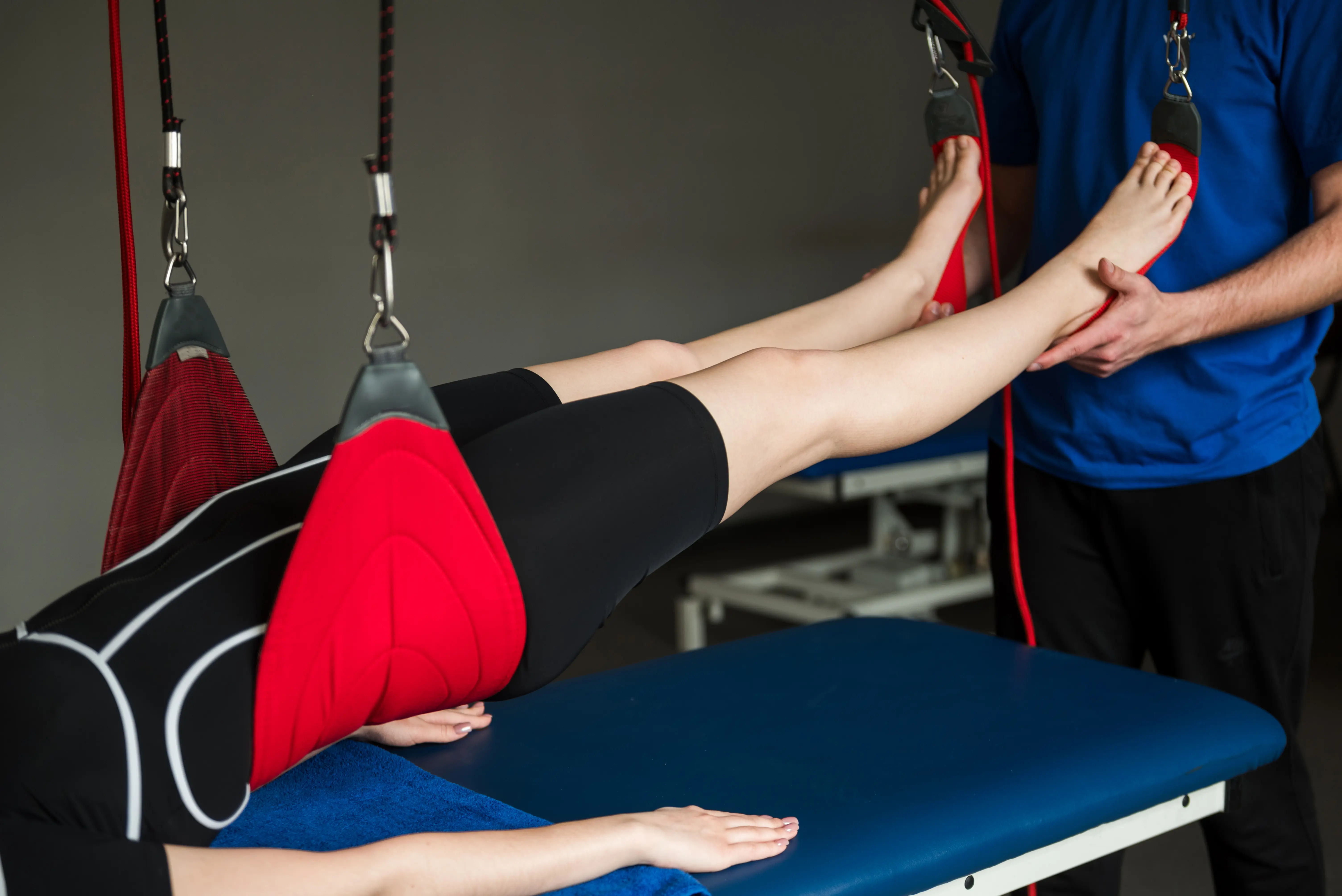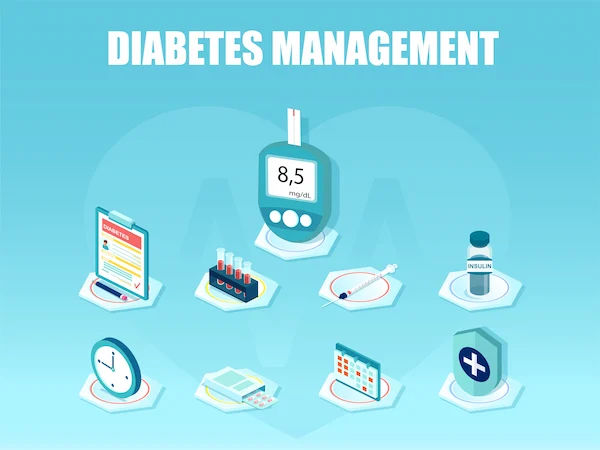Prolonged Sitting: Health Risks Explained
Learn how prolonged sitting affects your health, the risks it poses to your body, and practical tips to stay active and prevent complications.

Written by Dr. Shaik Abdul Kalam
Reviewed by Dr. Rohinipriyanka Pondugula MBBS
Last updated on 4th Oct, 2025

Introduction
In our modern world, many of us spend the majority of our waking hours seated, commuting, working at a desk, and relaxing in front of screens. While it feels comfortable, a growing body of medical research is sounding the alarm: prolonged sitting is a significant, yet often overlooked, health hazard. Dubbed "the new smoking" by some experts, a sedentary lifestyle can quietly undermine your health in profound ways. This article delves deep into the science behind why sitting for extended periods is so detrimental. We will explore the specific risks of prolonged sitting, from cardiovascular disease and metabolic disorders to chronic pain and mental health challenges. More importantly, this guide is not just about highlighting the problems; it’s about providing practical, actionable solutions. Whether you have a desk job or simply find yourself inactive for long stretches, understanding these risks is the first step toward safeguarding your long-term well-being. Let’s uncover what happens to your body when you sit too much and how you can fight back.
Why Your Chair is Your Enemy: The Science of Sitting
Sitting isn't inherently bad; the problem is the duration. When you remain seated for hours on end, your body undergoes a series of negative physiological changes that set the stage for disease.
The Metabolic Shutdown
One of the most immediate effects of sitting is a dramatic drop in your metabolic rate. When you are active, your muscles contract, helping to regulate blood sugar and triglyceride levels by producing enzymes like lipoprotein lipase. When you sit, this muscle activity ceases almost completely. Your calorie-burning rate plummets to about one calorie per minute, similar to what you burn while sleeping. This leads to a sluggish metabolism, making it easier to gain weight and harder for your body to process fats and sugars effectively. This state of metabolic inertia is a primary driver for the development of insulin resistance, a precursor to Type 2 diabetes.
Muscle Atrophy and Postural Dysfunction
Your body is designed for movement. Remaining in a seated position for long periods leads to muscular imbalances. Key postural muscles, like your glutes (in your buttocks) and core abdominals, become weak and inactive, a phenomenon sometimes called "gluteal amnesia." Simultaneously, other muscles become chronically tight and shortened. Your hip flexors pull on your spine, contributing to lower back pain. Your chest muscles tighten, pulling your shoulders forward into a slouch, while the muscles in your upper back weaken. This dysfunctional posture not only causes discomfort but also reduces lung capacity and can lead to chronic headaches. The side effects of sitting too long are thus deeply rooted in this muscular decay.
Consult a Physiatrist for the best advice
The Domino Effect: Specific Health Risks of a Sedentary Life
The metabolic and muscular changes triggered by excessive sitting create a domino effect, increasing the risk for a wide range of serious health conditions.
Cardiovascular Complications and Weight Gain
Studies have shown that people who sit for more than 8 hours a day without physical activity have a risk of dying from cardiovascular disease similar to that posed by obesity and smoking. Sitting leads to poor circulation, which can contribute to the buildup of fatty acids in the blood vessels. Combined with the metabolic slowdown, this significantly increases the risk of high blood pressure, elevated cholesterol, and heart attacks. The link between a sedentary lifestyle and weight gain is also direct: with a lower metabolic rate, you are far more likely to store unused energy as fat.
The Link to Type 2 Diabetes and Insulin Resistance
When your muscles are inactive, they do not respond efficiently to insulin, the hormone that helps shuttle glucose from your blood into your cells for energy. This state of insulin resistance forces your pancreas to produce more insulin, leading to elevated blood sugar levels. Over time, this can exhaust the pancreas and lead to the development of Type 2 diabetes. Research indicates that even a single day of prolonged sitting can reduce your body's insulin sensitivity.
Chronic Back and Neck Pain
The spine is not meant to be static for long periods. Sitting, especially with poor posture, places immense pressure on the lumbar discs in your lower back. This can lead to disc degeneration and herniation. The forward head posture associated with looking at computer screens strains the neck and shoulder muscles, a common cause of chronic pain and tension headaches. If you constantly wonder, "is sitting bad for your back?" The answer is a resounding yes, particularly when done incorrectly and for too long.
The Impact on Mental Well-being
The risks of prolonged sitting aren't just physical. A sedentary lifestyle is strongly linked to an increased risk of anxiety and depression. The reasons are multifaceted: reduced blood flow can limit the delivery of mood-enhancing hormones to the brain, and a lack of movement often means less exposure to sunlight and social interaction, both crucial for mental health. Furthermore, the physical discomfort from sitting can itself contribute to feelings of stress and unhappiness.
Increased Risk of Certain Cancers
Emerging research suggests that prolonged sitting may be associated with a higher risk of developing certain cancers, including colon, endometrial, and lung cancer. The exact mechanisms are still being studied but are thought to be related to insulin resistance, chronic inflammation, and oxidative stress, all processes influenced by physical inactivity.
Varicose Veins and Deep Vein Thrombosis (DVT)
Sitting impedes blood circulation in the legs. This can cause blood to pool, leading to spider veins and varicose veins. In more severe cases, it can contribute to Deep Vein Thrombosis (DVT), a dangerous condition where a blood clot forms in a deep vein, typically in the leg. If the clot travels to the lungs, it can cause a life-threatening pulmonary embolism.
Who is Most at Risk? Identifying Vulnerable Groups
While anyone who sits too much is at risk, certain groups are particularly vulnerable. Office workers, long-haul drivers, and IT professionals are on the front lines due to the nature of their jobs. However, the dangers of a sedentary job can be mitigated with conscious effort. Older adults are also at higher risk as they tend to be less active and may already have underlying health conditions. It's crucial for these groups to be especially proactive in breaking up long periods of sitting.
Fighting Back: Practical Strategies to Neutralise the Risks
The good news is that you can combat the negative effects of sitting without quitting your job. The key is to move more frequently throughout the day.
The Power of Micro-Breaks and the "20-8-2" Rule
The most effective strategy is to interrupt sitting as often as possible. A popular and evidence-based guideline is the "20-8-2" rule: for every 30 minutes, aim to sit for 20 minutes, stand for 8 minutes, and move around for at least 2 minutes. Set a timer to remind yourself to get up, stretch, walk to get a glass of water, or simply march in place. These micro-breaks are crucial for reactivating your muscles and circulation.
Optimising Your Workspace: Standing Desks and Ergonomics
Investing in an adjustable standing desk is one of the best ways to reverse the effects of sitting. Alternating between sitting and standing can significantly reduce back discomfort and improve energy levels. Ensure your desk is set up ergonomically: your monitor should be at eye level, your elbows at a 90-degree angle, and your feet flat on the floor (or on a footrest).
Incorporating Movement into Daily Life
Look for opportunities to move. This concept, known as Non-Exercise Activity Thermogenesis (NEAT), includes all the calories you burn outside of formal exercise. Take the stairs instead of the elevator, park farther away from the entrance, walk during phone calls, or have walking meetings. Simple exercises to counteract sitting, like glute bridges, hip flexor stretches, and cat-cow poses, can be done in short bursts throughout the day to combat muscular imbalances.
Conclusion
The evidence is clear: the risks of prolonged sitting pose a serious and silent threat to our health in the modern age. From escalating the chances of life-altering conditions like heart disease and diabetes to causing daily discomfort in our backs and necks, the impact is far-reaching. However, this isn't a cause for despair but for empowerment. By understanding the mechanisms at play, we can take proactive control. The solution isn't necessarily running a marathon; it's found in the simple, consistent acts of standing up, stretching, and weaving movement into the fabric of our day. Remember, your body is built for motion. By making a conscious effort to sit less and move more, you are taking a powerful step toward preserving your vitality and health for years to come. Start today, set a reminder to stand up, and your future self will thank you.
Consult a Physiatrist for the best advice
Consult a Physiatrist for the best advice

Ms. Richa Sharma
Physiotherapist And Rehabilitation Specialist
12 Years • MPT,MIAP
Noida
Apollo Hospitals Sector 26, Noida

Dr. Pankaj Verma
Physiotherapist And Rehabilitation Specialist
12 Years • Master in Sports Physiotherapy
Bhubaneswar
Apollo Hospitals Old Sainik School Road, Bhubaneswar
(50+ Patients)

Ms Oindrila Choudhury P T
Physiotherapist And Rehabilitation Specialist
14 Years • BPT, MPT (Neurology)
Kolkata
Brain & Spine - Neuro Wellness Solution, Kolkata

Ms. Lakshmi Priya
Physiotherapist And Rehabilitation Specialist
10 Years • M.P.T,MIAP,IHFA [CAPES] Diploma In Football Medicine
Hyderabad
Apollo Medical Centre Kondapur, Hyderabad

Vinita Manchanda
Physiotherapist And Rehabilitation Specialist
14 Years • B.P.T, M.P.T (Ortho), MIAP
New Delhi
Apollo One Pusa Road, New Delhi
Consult a Physiatrist for the best advice

Ms. Richa Sharma
Physiotherapist And Rehabilitation Specialist
12 Years • MPT,MIAP
Noida
Apollo Hospitals Sector 26, Noida

Dr. Pankaj Verma
Physiotherapist And Rehabilitation Specialist
12 Years • Master in Sports Physiotherapy
Bhubaneswar
Apollo Hospitals Old Sainik School Road, Bhubaneswar
(50+ Patients)

Ms Oindrila Choudhury P T
Physiotherapist And Rehabilitation Specialist
14 Years • BPT, MPT (Neurology)
Kolkata
Brain & Spine - Neuro Wellness Solution, Kolkata

Ms. Lakshmi Priya
Physiotherapist And Rehabilitation Specialist
10 Years • M.P.T,MIAP,IHFA [CAPES] Diploma In Football Medicine
Hyderabad
Apollo Medical Centre Kondapur, Hyderabad

Vinita Manchanda
Physiotherapist And Rehabilitation Specialist
14 Years • B.P.T, M.P.T (Ortho), MIAP
New Delhi
Apollo One Pusa Road, New Delhi
More articles from General Medical Consultation
Frequently Asked Questions
1. How much sitting is too much?
There's no definitive number, but research suggests that sitting for more than 8 hours a day with no physical activity poses health risks similar to obesity and smoking. The key is to balance total sitting time with frequent movement breaks.
2. Can exercise undo the damage of sitting all day?
While regular exercise is crucial for overall health, it may not fully offset the negative effects of sitting for 10+ hours. A one-hour workout cannot completely counteract the metabolic shutdown from prolonged inactivity. The best approach is to combine regular exercise with reducing and breaking up sitting time throughout the day.
3. What are the first signs or sitting disease symptoms I should watch for?
Early signs include constant lower back or neck stiffness, feeling sluggish in the afternoons, poor posture (slouching), tightness in your hips and hamstrings, and general restlessness. If you experience persistent pain or swelling in your legs, it's important to seek medical advice.
4. Are standing desks really better than sitting desks?
Yes, when used correctly. Standing desks allow you to change postures, reducing pressure on your spine and engaging your leg muscles. However, standing statically for too long can also cause issues. The ideal is to alternate between sitting and standing every 30-60 minutes.
5. What are the best exercises to counteract sitting?
Focus on exercises that strengthen the posterior chain and stretch the front of the body. Excellent choices include glute bridges, planks, bird-dogs, hip flexor stretches, and chest-opening stretches like doorway pectoral stretches.
.webp)



